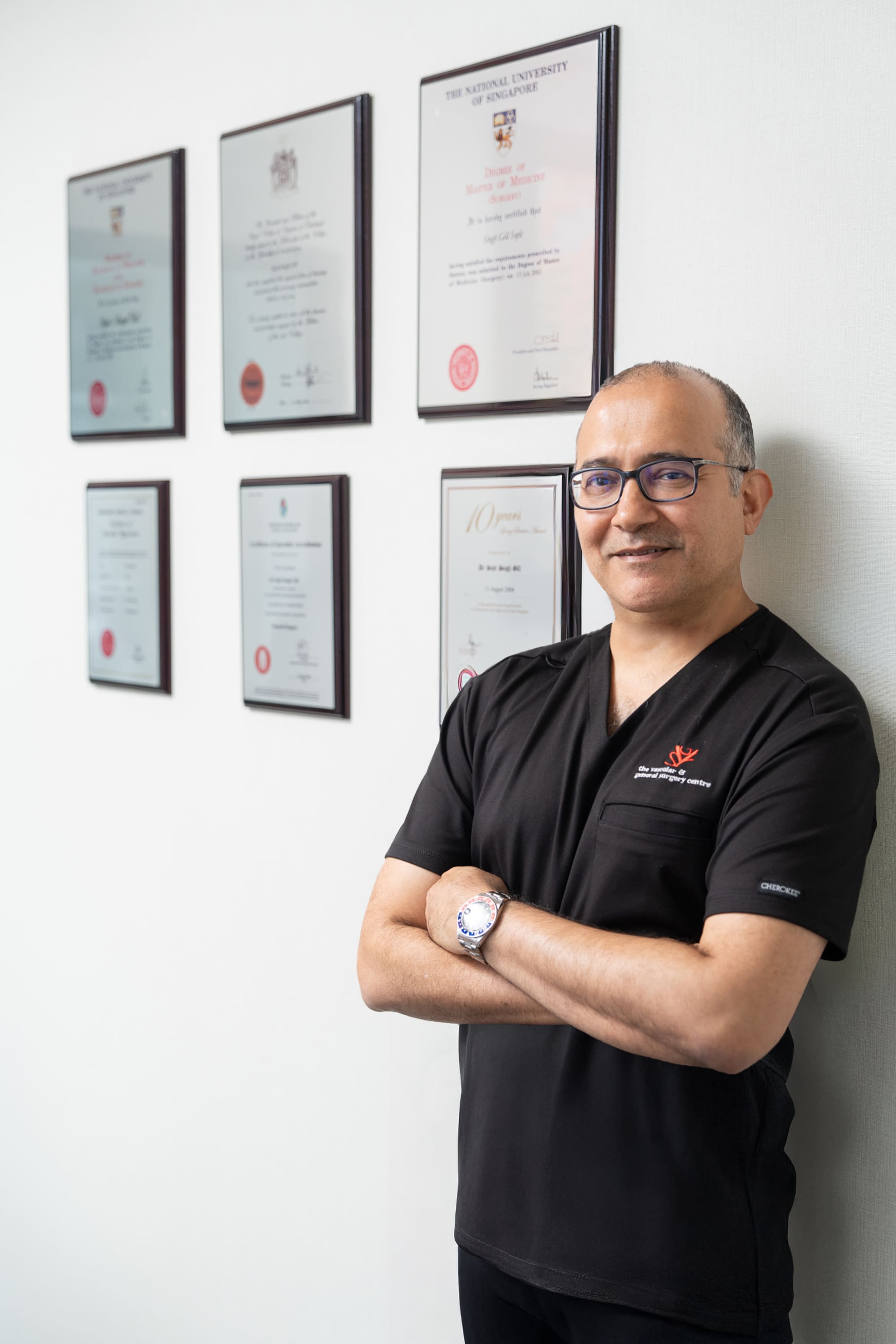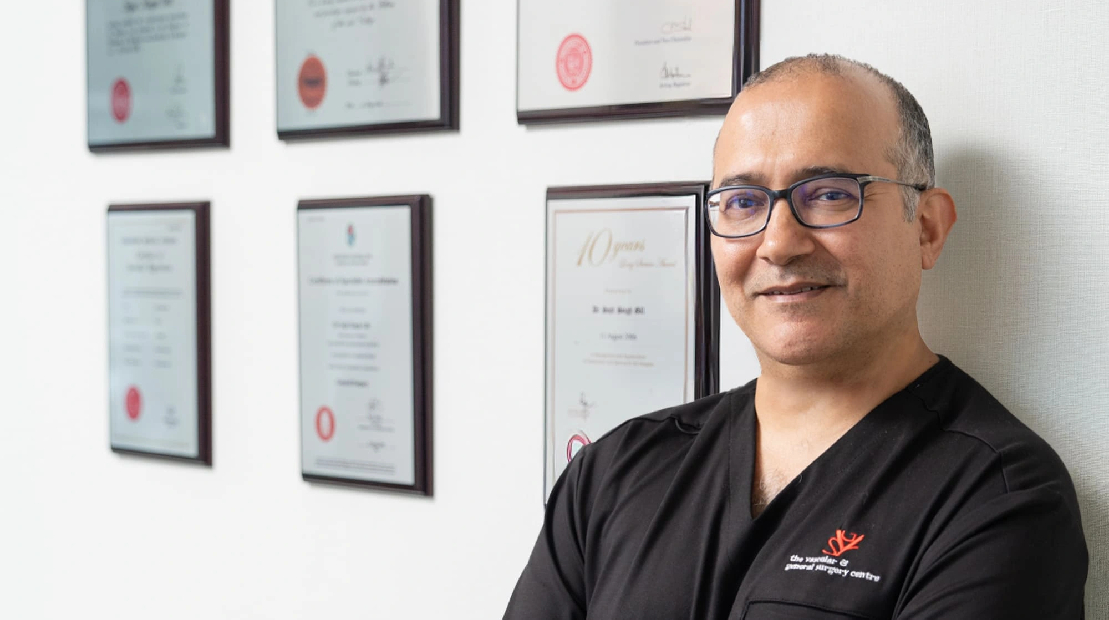Venous insufficiency is a chronic condition that affects how blood flows through the veins,
particularly in the lower limbs. When the veins fail to efficiently return blood back to the
heart, it can lead to a range of symptoms from minor discomfort to more serious complications.
While often under-recognised, chronic venous insufficiency is common, especially in adults over
the age of 50.
Understanding this condition can help you identify symptoms early, seek appropriate care, and
prevent long-term damage.

For a consultation, please contact us at +65 6736 2302 or fill up the form below and we will get back to you as soon as possible



